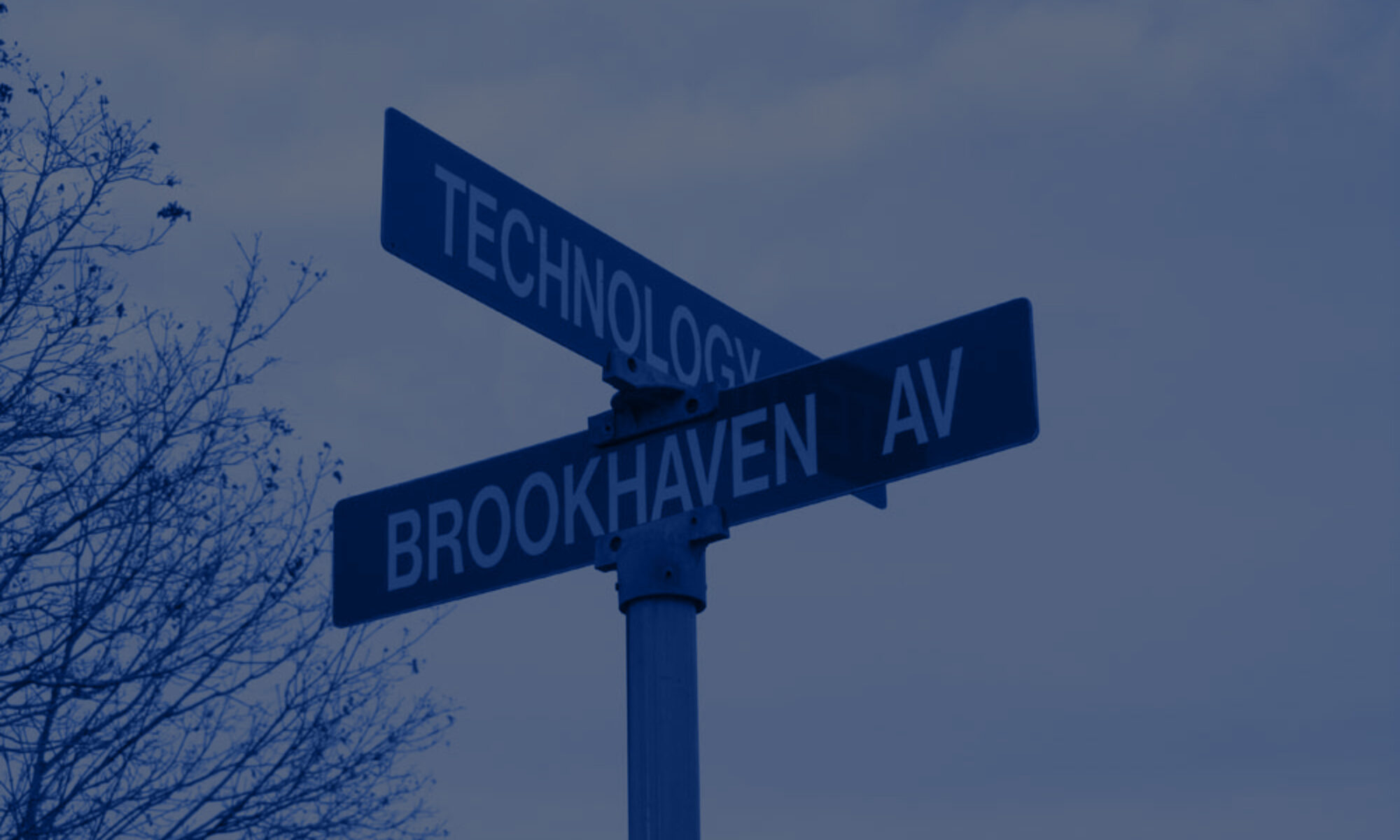
ARCscholars is a collaboration between City Tech architecture students and NYCHA young adults, united in their interest to study architecture and the urban fabric. Together they investigated the existing condition at the Wagner Houses in NYC and collaboratively determined design improvements. The scholars met with leaders within the NYCHA community, were mentored by architectural and urban design professionals, and workshopped together. There ideas address an improved site plan of the campus, and specific reimagining of the Senior Center and Youth Centers. The students creatively integrated the words of the leadership, their peers, and their personal experiences.

This study involves the diagnostic potentials of Magnetic Resonance Imaging (MRI) and Positron Emission Tomography (PET) in Alzheimer’s Disease through research. With the combination of Biology and Imaging Science, our study also illustrates the brain has many significant areas that can be affected by aging. In this meta-analysis we focus on the brain and neurodegenerative diseases. We take a closer look at the white matter correlation to pain in elderly patients with Alzheimer’s disease. Then, comparative measures are also taken in pain centers of white matter areas in the brain. In elderly patient’s chronic pain aggravates AD pathogenesis through dysfunction of LC-NE signaling and subsequent microglial activation-induced neuroinflammation. As a result, the findings where white matter of the brain has been a key to detecting correlations between white matter atrophy and cognitive decline. Last, images are to illustrate the comparison of MRI and PET scans in these areas of the brain and where age related neurodegeneration occurs along with tables that illustrated pressure pain threshold, pain intensity rating, and brain areas where pain occurs.

Have you ever let your computer idle long enough to see an insanely hypnotizing screensaver? What you are seeing is more than an aesthetically pleasing image. Discovered over a century ago but having only received recognition in the last few decades, fractals have real world applications that span from the mundane to life saving. Fractals are a visual representation of Chaos Theory, behavior that seems random and unpredictable but is in fact governed by deterministic laws. In studying what may seem unknowable and overly complicated we may be able to have a better understanding of life as we know it.

Business cards are a thing of the past. The way that people keep in touch, share memories and ideas is to network through online social media apps. Companies like Facebook and Linkdin use graph theory methods such as spectral clustering to optimize networks and link us to those that are similar to us. In this project we apply those same measures, along with some refinements, to criminal networks such as drug traffickers or terrorists. Our goal is to better understand the flows of communication and identify key players to aid law enforcement in disrupting and taking down these clandestine operations.

Our project was about how “Covid-19 affected dentistry” it was truly important to understand how dentistry was affected during COVID-19.. On this 2nd part of our project we were actually able to conduct a survey in which we got responses from both local and social media dentistry students and workers. We asked all sorts of questions but one important one was even if patients actually came back after the pandemic. What our goal was with this survey was to help us understand where dental practitioners and dental students struggled more during the pandemic. With that being said, this part of the project helped us do so. We learned how it was hard for some dental student and their studies. We learned how some dental practitioners were not employed due to offices being shut down.

The whole aim of the research is to view the comparison of students from the Radiology Department’s performance and attendance before,during, and after the pandemic. Since the pandemic started the whole CUNY system has transitioned from in-person classes to online classes and recently this spring semester was the first semester to open back for on-campus interaction. Students went from an online platform to an in-person platform. Despite the fact that Radiology is a hands-on program, online learning was quite different from in-person learning, where you have the resources you need to succeed and you have the same interaction with people that you received by sitting behind a screen, but it still has its differences. By now being back on campus in spring 2022, we can provide feedback on comparing the before,during, and after the pandemic on which was enhanced. It will also reflect if there was an improvement before the pandemic, when online classes started, or after the pandemic when in person classes started again. We will further this research as a longitudinal research design for further studies.

This is the first demonstration of the x-ray relation between low energy soft x-ray and high energy hard x-ray for live biological matrix. The goal was to image light metals in fruits. Our hypothesis: may be mineral rich fruits will shed metal ions if heated or mechanically cut. Which one is better to image it: soft x-ray in mammography that falls close to photoelectric k-edge peaks for light metals in fruits, hence more absorption of mammographic beam or by thin slice CT that avoids volume averaging! Our results show low energy of course is best, but thin slice also has its advantages. We also imaged heat induced polymerized or gelatinized starch in sweet potato that create bright clumps separated by low absorption background, meaning, bulk loses metal ions that clump together. By infusing radiological contrasts that are different in viscosity and thin slice CT from lmedium energy CT beams we show less viscous ones diffuse faster, indicating segregation of metals and metallo-carbohydrates by shocks causing regions void of mineral (darker in x-rays) and interspersed metal-rich islands that are highly absorbing of x-rays.






